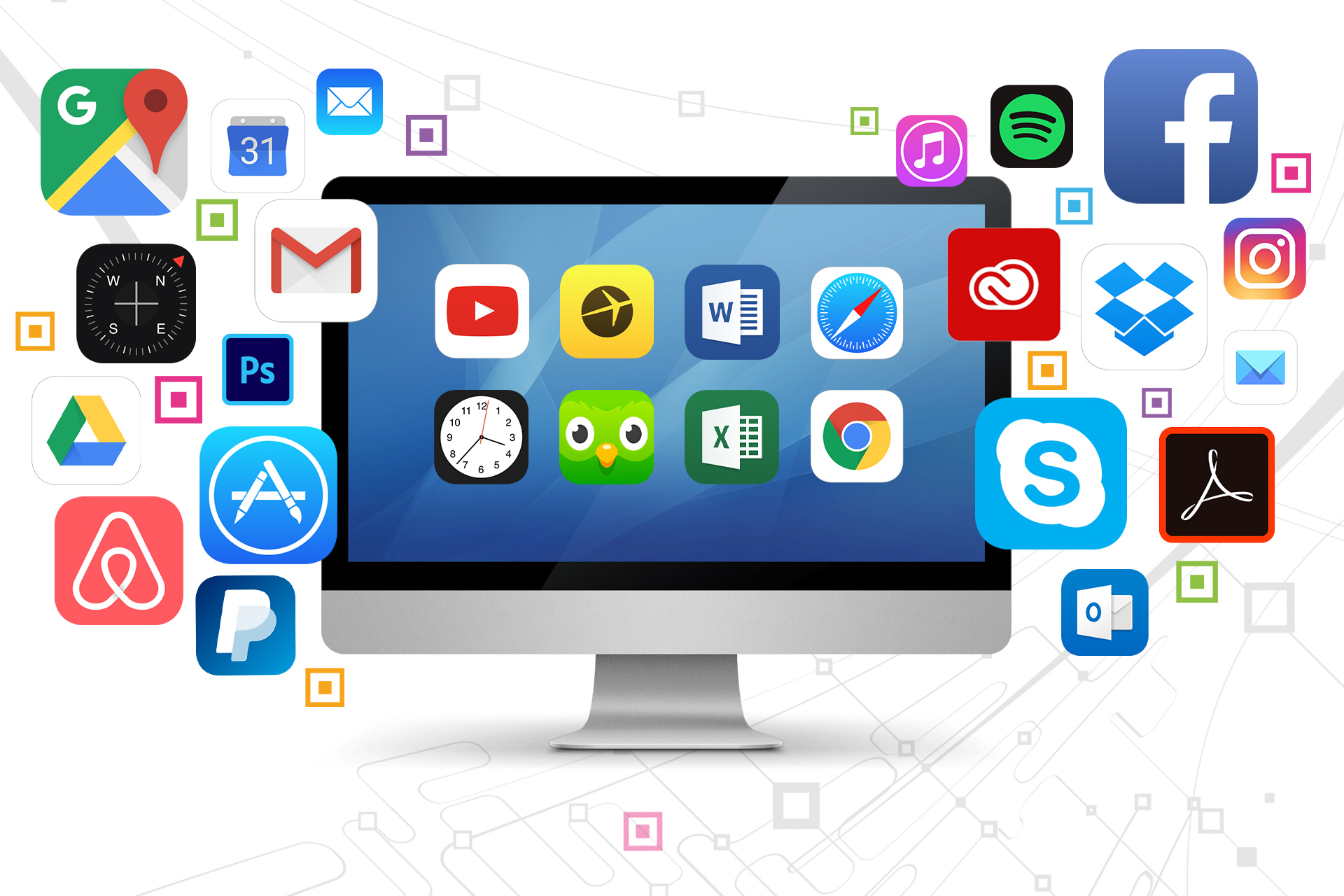
In today’s digital age, software plays an indispensable role in our lives. From the apps on our smartphones to the complex programs that power businesses and industries, software is everywhere. In this article, we will delve deep into the world of software, uncovering its definition, types, significance, and much more. So, let’s embark on this journey to demystify the fascinating realm of software.
1. Introduction to Software
Software refers to a set of instructions and data that enable a computer or electronic device to perform specific tasks. It is the intangible component that breathes life into hardware. Without software, your computer would be nothing more than a collection of electronic components.
2. Types of Software
2.1 System Software
System software serves as the backbone of a computer system, managing hardware components and providing a platform for running applications.
2.2 Application Software
Application software includes programs designed for various purposes, such as word processing, graphic design, and gaming.
2.3 Programming Software
Programming software, also known as development tools, assists programmers in writing, testing, and debugging code.
2.4 Utility Software
Utility software offers essential tools like antivirus programs, disk cleaners, and file compression utilities.
3. The Evolution of Software
The history of software dates back to the earliest computers, where programs were hardwired. Over time, software became more flexible and user-friendly.
4. How Software Works
Understanding the inner workings of software involves examining algorithms, data structures, and the interaction between hardware and software components.
5. Open Source vs. Proprietary Software
We’ll explore the differences between open-source software, which encourages collaboration and free distribution, and proprietary software, which is owned by a single entity.
6. Importance of Software in Modern Life
Software’s impact on our daily lives is profound, from simplifying tasks to enabling advanced technologies like artificial intelligence and virtual reality.
7. Challenges in Software Development
Developing software is not without its challenges, including managing complexity, meeting user expectations, and ensuring security.
8. Software Development Life Cycle (SDLC)
The SDLC is a structured approach to software development, comprising various stages from planning to maintenance.
8.1 Planning
The initial phase involves defining project goals, requirements, and timelines.
8.2 Analysis
In this stage, detailed requirements are gathered, and potential issues are identified.
8.3 Design
The software’s architecture and user interface are designed.
8.4 Implementation
Programmers write code based on the design specifications.
8.5 Testing
Software is rigorously tested to identify and rectify bugs and issues.
8.6 Maintenance
Ongoing updates, bug fixes, and improvements are made to ensure the software remains functional.
9. Trends in Software Development
We’ll explore current trends, including cloud computing, AI, and DevOps, shaping the software development landscape.
10. The Future of Software
What does the future hold for software? We’ll discuss emerging technologies and potential developments in the software industry.
Conclusion
Software is the invisible force driving our digital world. Its evolution, diversity, and impact continue to shape the way we live and work. As technology advances, software will remain at the forefront of innovation, making our lives more efficient, entertaining, and connected.